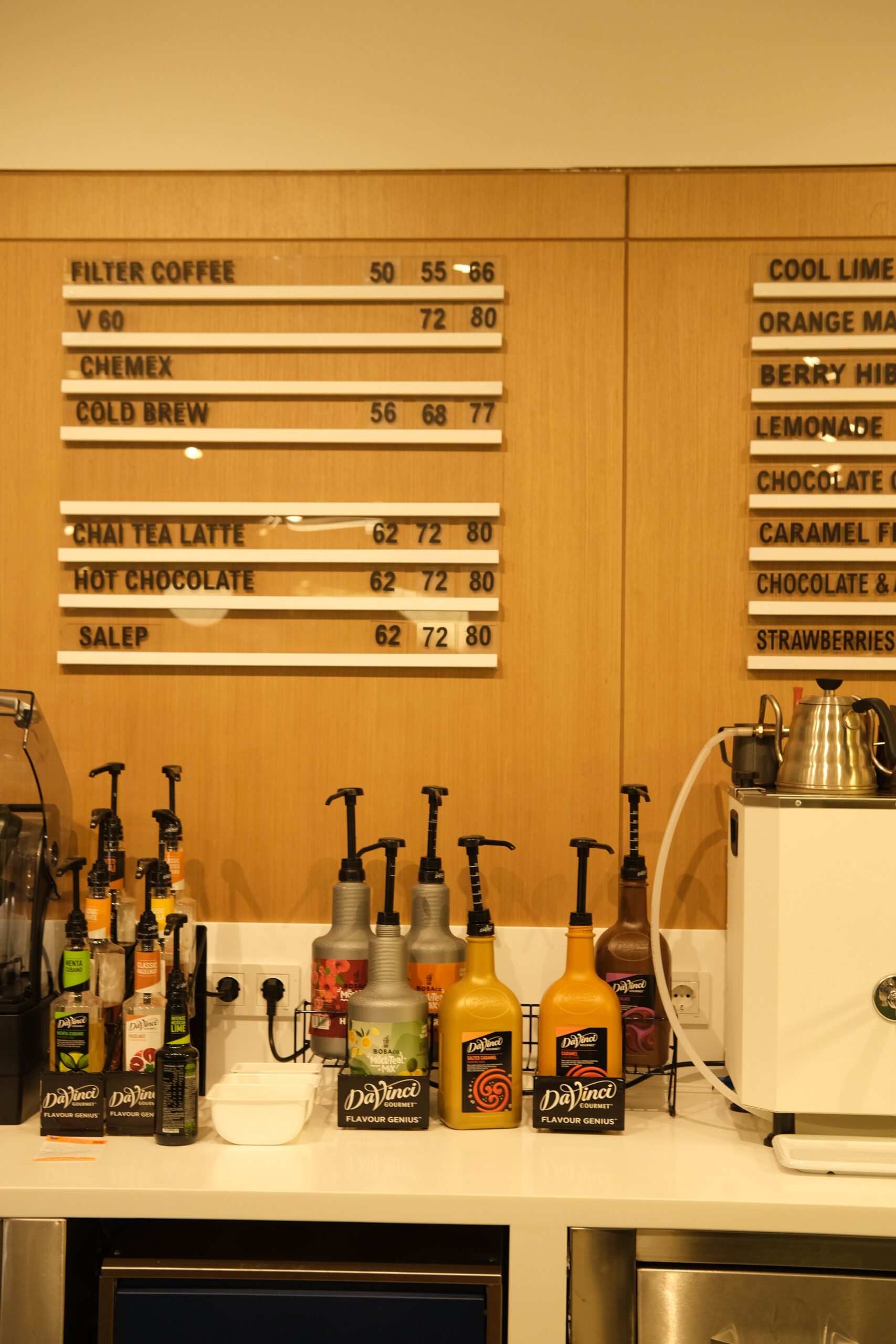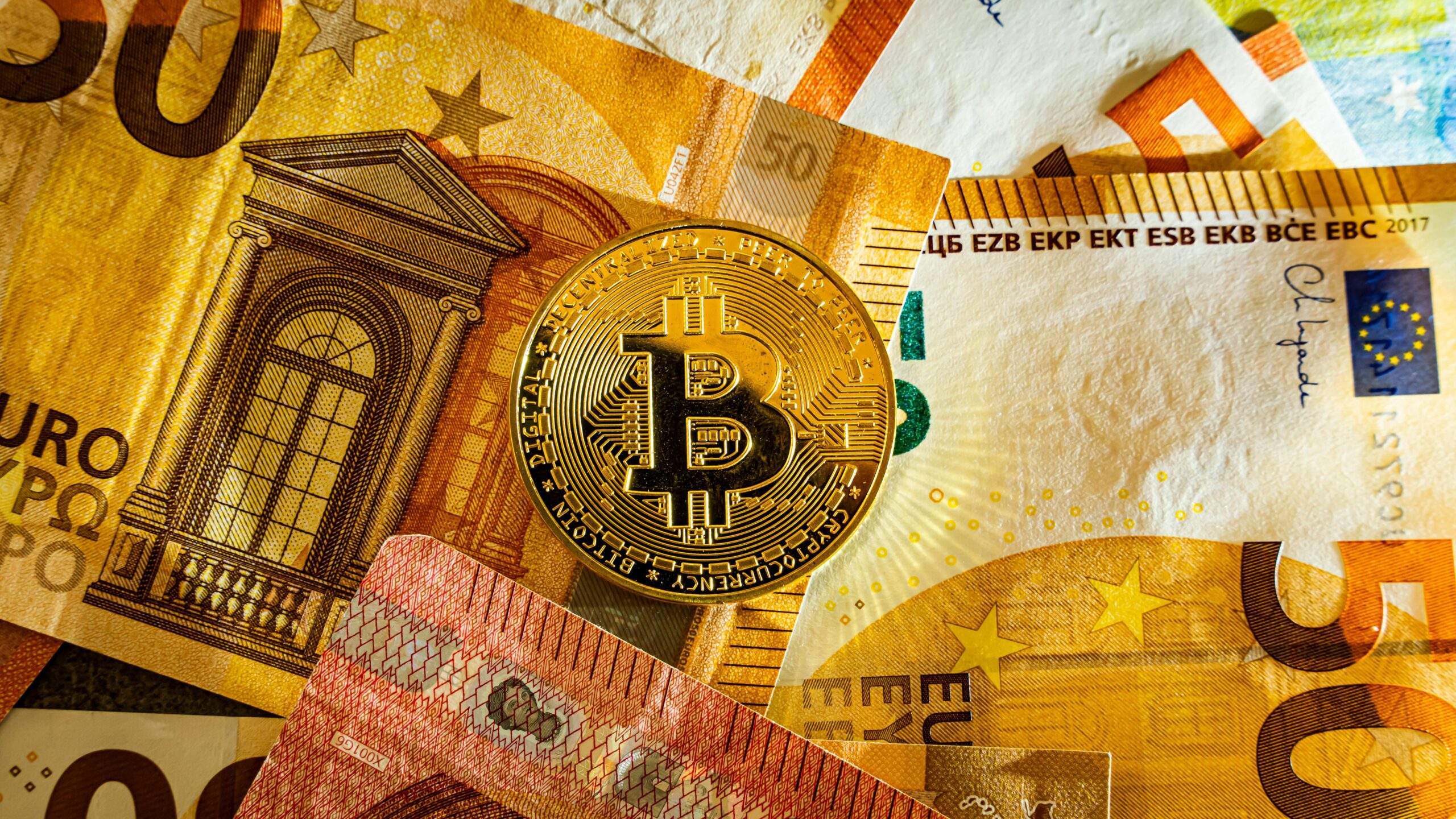The theory behind cycles goes something like this. Starting with low prices (say, in the oil sector), which is a commodity (i.e. many buyers and many sellers), you reach a point where many players in the industry are not able to service debt (either, or both, principal repayment and interest).
Declaimer: This article was originally in October 2017, and some of the data points may be outdated
So fresh debt is not available. Given low stock prices, neither is equity. So overall supply is stagnant to falling, as marginal players who have eroded equity are forced out of business. We saw this recently in oil (with high-cost shale and deep-sea players), steel (the recent high-cost greenfield projects), and sugar (where capacity below 10,000 became unviable). The same thing is happening in paper and shipping but in slow motion.
The old saying goes: ‘If money stops coming in through the Balance Sheet (in the form of debt or equity), it will come through the P & L Account’ (in the form of higher prices and operating margins). That is, if there is a capacity shrinkage/ stagnation in the industry, incremental demand will push up prices. Hence the popular saying: “Lower Prices Cure Lower Prices”, the principle behind commodity cycles.
This is being used to explain the current uptick in oil prices, presenting it as a cyclical upturn, rather than a correction in a structural downturn. Lower oil prices result in higher consumption demand, especially price-sensitive latent demand. And oil exploration has been largely suspended, except in the shale sub-sector, leading to a paucity of new oil finds. But is that the end of the story, or just a chapter in a longer story?
The first structural downturn in oil prices was when the cost of improving drill bits started to decide the marginal cost of world oil production, i.e. the causa proxima was shale oil, which saw a steep decline in the cost of oil production from $85 per barrel to the current $50-65, mainly driven by advances in drilling technology. While in the earlier ‘Big Oil’ dominated world, the cost of drilling oil was mainly driven by the cost of finding (and getting to) it, the new shale oil discoveries were in geopolitically safe US, so there was no premium to finding and getting to the oil. Thereafter, as the cost of drill bits fell, and flexible drilling arms became the norm, you could ‘drive’ through rock to get at small puddles of oil, lying in patches in shale rock. This brought down the cost of drilling and transporting oil. This cost curve is still declining, although Moore’s Law does not apply. Some scenarios talk of $28 as the average cost of shale oil by 2020.
The body blow was struck when shale oil production reached a tipping point, about 9.25 mn barrels per day (bpd), a critical mass that was more than Saudi Arabia’s ability to ‘swing’ its production to balance supply, keeping prices in the $80-120 range. From a prognosis of $150-200, and “peak oil”, we came crashing down some 50%, and all those scare scenarios are now part of fiction.
The new ‘bullish consensus’ is that ‘low prices cure oil prices’, and that the cycle has turned. This is flawed and ignores the fact that the cost of oil production is now a function of technical improvements in drilling processes and that a 20% improvement in shale production (baseline 10 mn bpd) can balance the entire increase in global oil consumption (currently 1.6 mn bpd, about 2%).
For intrepid investors, who are looking for an alternative to the current Indian bull market, there is a hedge available in playing this “lower for longer” side of the story. And it goes something like this….
Not only is shale getting a new life (gross capex is reviving, and this is a whole new generation of flexible drilling technology), but this is short-gestation capex, not your long views that are taken by the oil companies in deep sea or geopolitically sensitive areas. Most importantly, the Next Big Thing is already around the corner……electric cars and solar, which have shortened the life cycle of any traditional oil investment.
And solar (therefore, the cost of converting to electric) is subject to Moore’s Law. The key thing to play for is when electric car conversion will reach a tipping point of 10% adoption, after which the electrification of world transportation will start to drive prices at the margin. The recent order for 10,000 electric cars by the government is just a first domino, it will be accompanied by a flurry of electric models by end-2018.
The so-called oil ‘bull market’ is capped at $65, the price at which unlimited supplies will come onstream with a relatively short gestation period of 12-18 months. And this itself is going to follow the falling cost curve of the shale oil industry, say, about $10 per year. Watch the carry, if the short-term bullishness is giving you 18-24% annualized, you have a very safe strategy that will deliver excellent returns over a 3-5-year period. It’s a beautiful way to play a current position in the Indian equities market.
So Oil will top out at $65, the maximum one-day upside of $85 if it hits a frenzied bull movement (possibly in the middle of some temporary geopolitical disruption, like the Kurdish lines being closed by Turkey). On average, it will be somewhere here, $50-60, say, $55 as the mean.
It would help if you tried to get an average selling price of $60, and then let Carry take care of the rest. And bet on $30 as the price of oil. The cost curve of shale oil sets the immediate cap, and its scalability, which is now well above any incremental demand that is triggered by ‘lower prices’. Not only will this short-term demand uptick taper off, but the incremental supply from shale (which will now be achieved by debottlenecking existing investments) will more than meet any shortfall.
The joker in the pack, as always, is geopolitical disruptions like the blockage of the Kurdish pipelines by Turkey (about 550,000 bpd, about 5% of shale capacity). These will create short-term spikes, which a trader has to survive, so don’t bet the ranch.
The Black Swan that this consensus has not taken into account is how fast solar will start impacting the conversion of transportation to electric cars, and how quickly this will start impacting the price of oil at the margin. I suspect this will happen when EVs start to account for about 10% of the car population, from less than 1% now. This is still at the stage of Early Adoption when issues of battery storage, refueling, and speed/power/ range will be bedeviling the adoption rates. High oil prices, should they happen, will only accelerate the Early Adoption of EVs, something the trader should bet on.
To bet on this hypothesis, you must believe in the Big Trend of Zero-Cost Energy and its implications for the structure of the world economy. The energy industry contributes about 12% to world GDP, steadily falling from 20% in the 70s. Energy usage will grow faster than the energy industry will decline, provided the structural shifts happen in the poorest regions of the world. In this, India is headed in the right direction, with government policy driving almost all its incremental financial firepower into the solidification of India’s hinterland.
Yes, there will be hiccups, and nothing in the current pullback of oil prices was unpredictable. Low prices do cure low prices, in the short run. In the long run, all the factors that are driving oil into the ‘lower for longer’ zone are intact they are accelerating. The fact that oil exploration is not picking up, witnessing the charter rates of rigs, is evidence of the long-term view. This is a short-term blip, a spike with a long valley ahead, and can be traded with some trepidation







